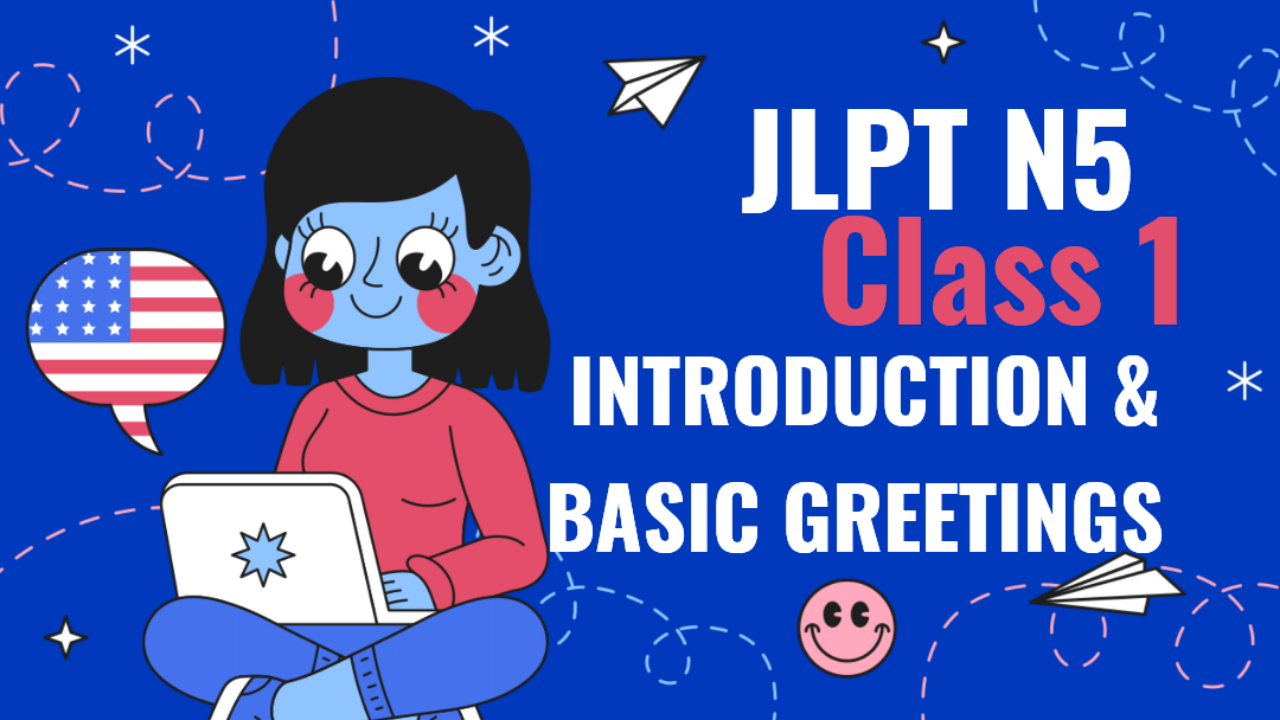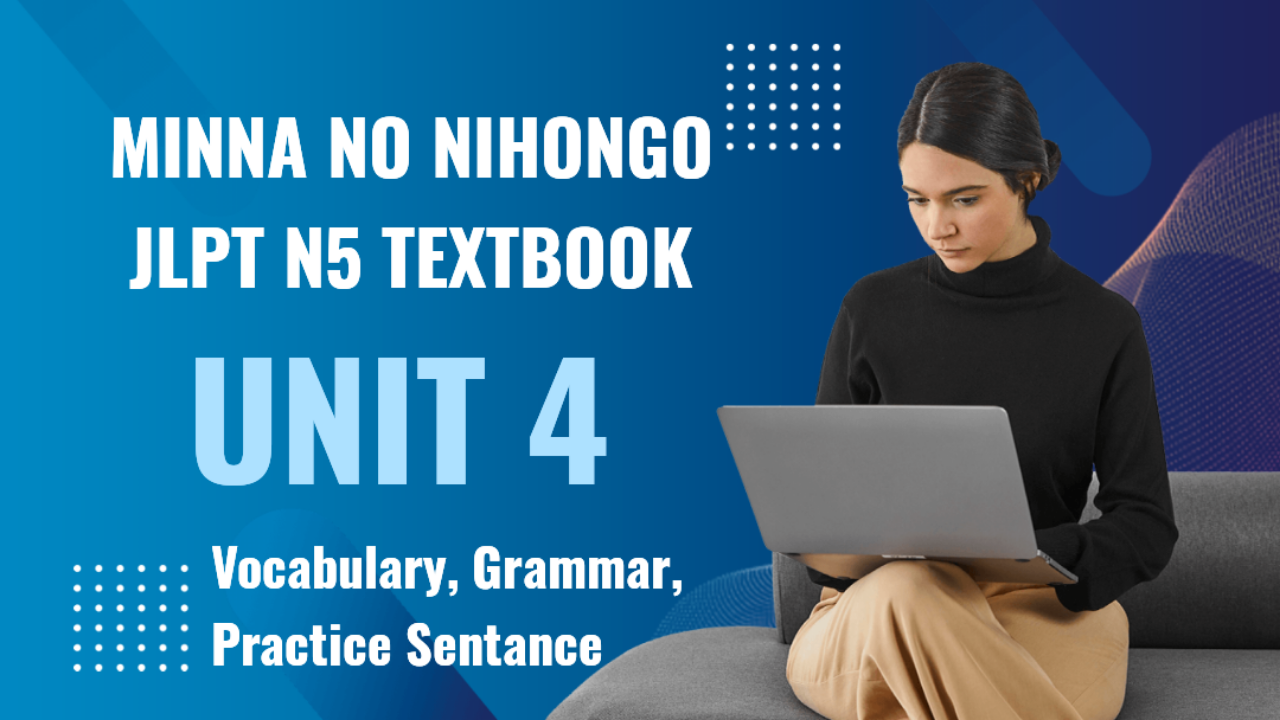MMPC-001: Management Functions and Organisational Processes
Unit 7: Organizing
Unit 7 covers the concept of organizing, which is a critical managerial function. Organizing involves the process of arranging resources and tasks in a structured manner to achieve organizational goals efficiently. Below are the main points discussed in this unit.
1. Concept of Organizing
- Definition: Organizing is the process of identifying and grouping work, defining authority and responsibility, and establishing relationships to enable people to work together effectively in achieving common goals.
- Purpose: The primary purpose of organizing is to create a structure that facilitates coordination and enhances efficiency by defining roles, responsibilities, and relationships within the organization.
2. Importance of Organizing
- Clarifies Authority and Responsibility: Organizing establishes clear lines of authority and responsibility, ensuring that everyone knows their role and to whom they report.
- Facilitates Coordination: By grouping related tasks and activities, organizing promotes better coordination among individuals and departments, leading to smoother operations.
- Enhances Efficiency: Organizing allows for the optimal use of resources (people, materials, and technology), reducing duplication of effort and wastage.
- Improves Communication: A well-organized structure ensures clear communication channels between different levels and functions within the organization.
- Enables Adaptation: An effective organizational structure allows the organization to adapt to changes in the external environment, such as market conditions or technology advancements.
3. Steps in the Organizing Process
- Identifying Activities: The first step is to identify all the tasks that need to be performed to achieve organizational goals.
- Grouping Activities: Once activities are identified, they are grouped based on similarities. Grouping could be done by function, product, geography, or customer base.
- Assigning Roles: Each group of activities is assigned to a specific individual or department. This ensures that responsibilities are clearly defined.
- Delegating Authority: Authority is delegated to individuals or teams to carry out their responsibilities. This involves granting the power to make decisions and take actions.
- Establishing Relationships: Organizing also involves defining the formal relationships between individuals and departments, ensuring proper coordination and communication.
4. Organizational Structure
- Definition: An organizational structure defines how tasks are divided, coordinated, and supervised within an organization. It outlines the hierarchy, reporting lines, and communication flow.
- Types of Structures:
- Line Organization: A simple structure where authority flows directly from top management to the lower levels, with clear lines of authority.
- Functional Organization: This structure groups employees based on their functions or roles, such as marketing, finance, and production. Each function has its own department head.
- Divisional Organization: A structure where the organization is divided into divisions based on products, regions, or customers. Each division operates as a semi-autonomous unit.
- Matrix Organization: A hybrid structure where employees report to both functional managers and project managers, allowing for flexibility and collaboration on different projects.
5. Principles of Organizing
- Unity of Command: Each employee should report to only one manager to avoid confusion and conflicting instructions.
- Span of Control: The number of subordinates a manager can effectively supervise should be limited to ensure proper guidance and control.
- Division of Labor: Tasks should be divided among individuals based on their specialization and skills to improve efficiency and productivity.
- Delegation of Authority: Managers should delegate authority to subordinates, empowering them to make decisions and carry out tasks.
- Scalar Chain: There should be a clear chain of command that defines the flow of authority from the top level to the lower levels.
- Coordination: Different departments and individuals should work together in a coordinated manner to achieve organizational objectives.
- Flexibility: The organizational structure should be flexible enough to adapt to changes in the internal and external environment.
6. Departmentalization
- Definition: Departmentalization is the process of grouping related tasks and activities into departments to achieve efficiency and specialization.
- Types of Departmentalization:
- Functional Departmentalization: Groups tasks based on functions such as finance, marketing, and production.
- Product Departmentalization: Groups activities based on products or services offered by the organization.
- Geographical Departmentalization: Divides the organization based on geographic regions or territories.
- Customer Departmentalization: Focuses on grouping tasks based on different types of customers, such as retail, corporate, or government clients.
- Process Departmentalization: Organizes tasks based on different stages of the production or service delivery process.
7. Delegation of Authority
-
Definition: Delegation of authority involves transferring decision-making power from higher-level managers to subordinates. It allows managers to focus on more strategic tasks while empowering employees to take responsibility for their work.
-
Elements of Delegation:
- Authority: The right to make decisions and command subordinates.
- Responsibility: The duty to perform the assigned tasks.
- Accountability: The obligation to answer for the outcomes of the assigned tasks.
-
Benefits of Delegation:
- Increased Efficiency: Delegation allows managers to focus on higher-level tasks while subordinates handle routine activities.
- Employee Development: By giving employees more responsibility, delegation helps in their professional growth and skill development.
- Motivation: Empowering employees through delegation increases job satisfaction and motivation.
- Better Decision-Making: Delegating authority enables quicker decision-making at lower levels, improving responsiveness to operational issues.
8. Decentralization vs. Centralization
-
Centralization: In a centralized structure, decision-making authority is concentrated at the top levels of management. Lower-level managers and employees have limited decision-making power.
- Advantages: Greater control over decisions, consistency in policies, and clearer accountability.
- Disadvantages: Slower decision-making process, lack of flexibility, and potential demotivation of lower-level employees.
-
Decentralization: In a decentralized structure, decision-making authority is distributed across different levels of the organization. Subordinates have more autonomy and responsibility.
- Advantages: Faster decision-making, greater flexibility, and improved employee motivation and development.
- Disadvantages: Less control over decisions, potential inconsistencies in policies, and challenges in coordination.
9. Formal vs. Informal Organization
-
Formal Organization: Refers to the official structure of the organization, defined by roles, responsibilities, and authority relationships. It is documented in organizational charts and manuals.
-
Informal Organization: Refers to the network of personal and social relationships that develop among employees. These relationships are not officially defined but can influence communication, collaboration, and decision-making within the organization.
-
Importance of Informal Organization:
- Facilitates Communication: Informal networks can enhance communication across different levels and departments.
- Promotes Collaboration: Informal relationships often lead to increased cooperation and teamwork among employees.
- Supports Employee Satisfaction: Social interactions in the informal organization contribute to job satisfaction and workplace morale.
Conclusion
Unit 7 provides an in-depth understanding of the organizing function in management, emphasizing its importance in structuring the organization to achieve goals efficiently. It covers the organizing process, different types of organizational structures, delegation of authority, and the distinction between formal and informal organizations. Organizing ensures that resources are optimally allocated, roles and responsibilities are clearly defined, and coordination is facilitated across the organization, contributing to overall success.





















